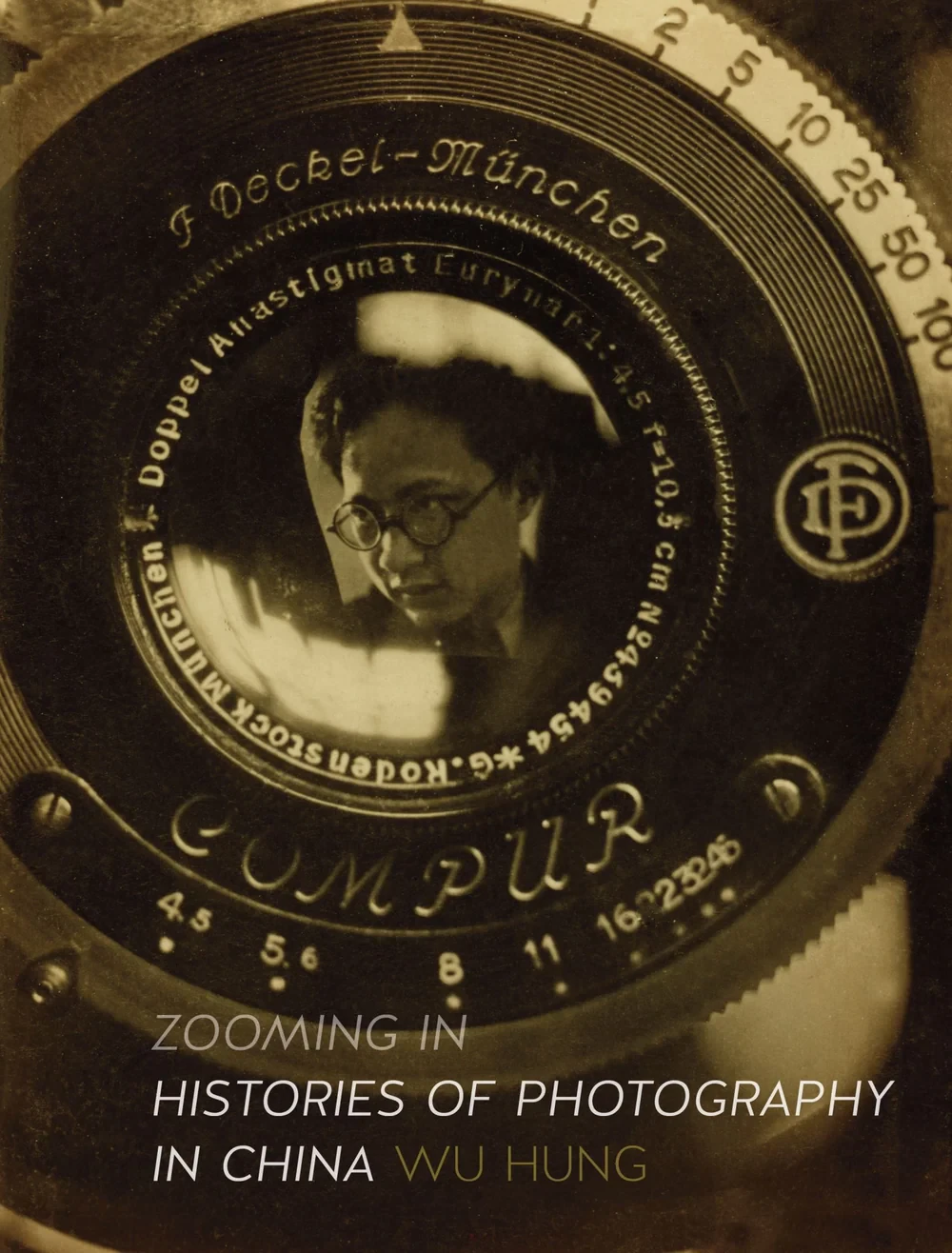
Zooming In
Smartfox Books Code: PR1786
$153.00 NZD
Approx $91.14 USD
Approx $91.14 USD
Description:
From the first sets of photographic records made by Western travelers to doctored portraits of Chairman Mao and the avant-garde photographic performances of the post Cultural Revolution era, photography in China has followed divergent paths. In this book, Wu Hung explores the multiple histories of photographic production in China, using them to tell a larger story about China s shifting sociopolitical contexts and the different agendas, technologies, and aesthetics that have helped define its arts. At the center of the book is a large question: how has photography represented China and its people, its collective history and memory as well as the diversity of Chinese artists who have striven for creative expression? To address this question, the author offers an in-depth study of selected photographers, themes, and movements in Chinese photography from 1860 to the present, covering a wide range of genres, including portraiture, photojournalism, architectural and landscape photography, and conceptual photography. Beautifully illustrated, this book offers a multifaceted and in-depth analysis of an important photographic history. "
From the first sets of photographic records made by Western travelers to doctored portraits of Chairman Mao and the avant-garde photographic performances of the post Cultural Revolution era, photography in China has followed divergent paths. In this book, Wu Hung explores the multiple histories of photographic production in China, using them to tell a larger story about China s shifting sociopolitical contexts and the different agendas, technologies, and aesthetics that have helped define its arts. At the center of the book is a large question: how has photography represented China and its people, its collective history and memory as well as the diversity of Chinese artists who have striven for creative expression? To address this question, the author offers an in-depth study of selected photographers, themes, and movements in Chinese photography from 1860 to the present, covering a wide range of genres, including portraiture, photojournalism, architectural and landscape photography, and conceptual photography. Beautifully illustrated, this book offers a multifaceted and in-depth analysis of an important photographic history. "
The product may be provided by a different brand of comparable quality.
The actual product may vary slightly from the image shown.
Shop amazing plants at The Node – a top destination for plant lovers



.jpg)








.jpg)









.jpg)





.jpeg)





.jpeg)



.jpeg)








.jpeg)



.jpeg)

.jpeg)

.jpeg)

.jpeg)




.jpeg)
.jpg)

.jpeg)






.jpeg)
.jpeg)




.jpeg)





.jpeg)


.jpeg)

.jpeg)

.jpeg)

.jpeg)







.jpeg)
.jpeg)
.jpeg)





.jpeg)



.jpeg)






.jpg)
.jpeg)









.jpg)


ulva-Logo.jpg)




.jpeg)



.png)















.png)























